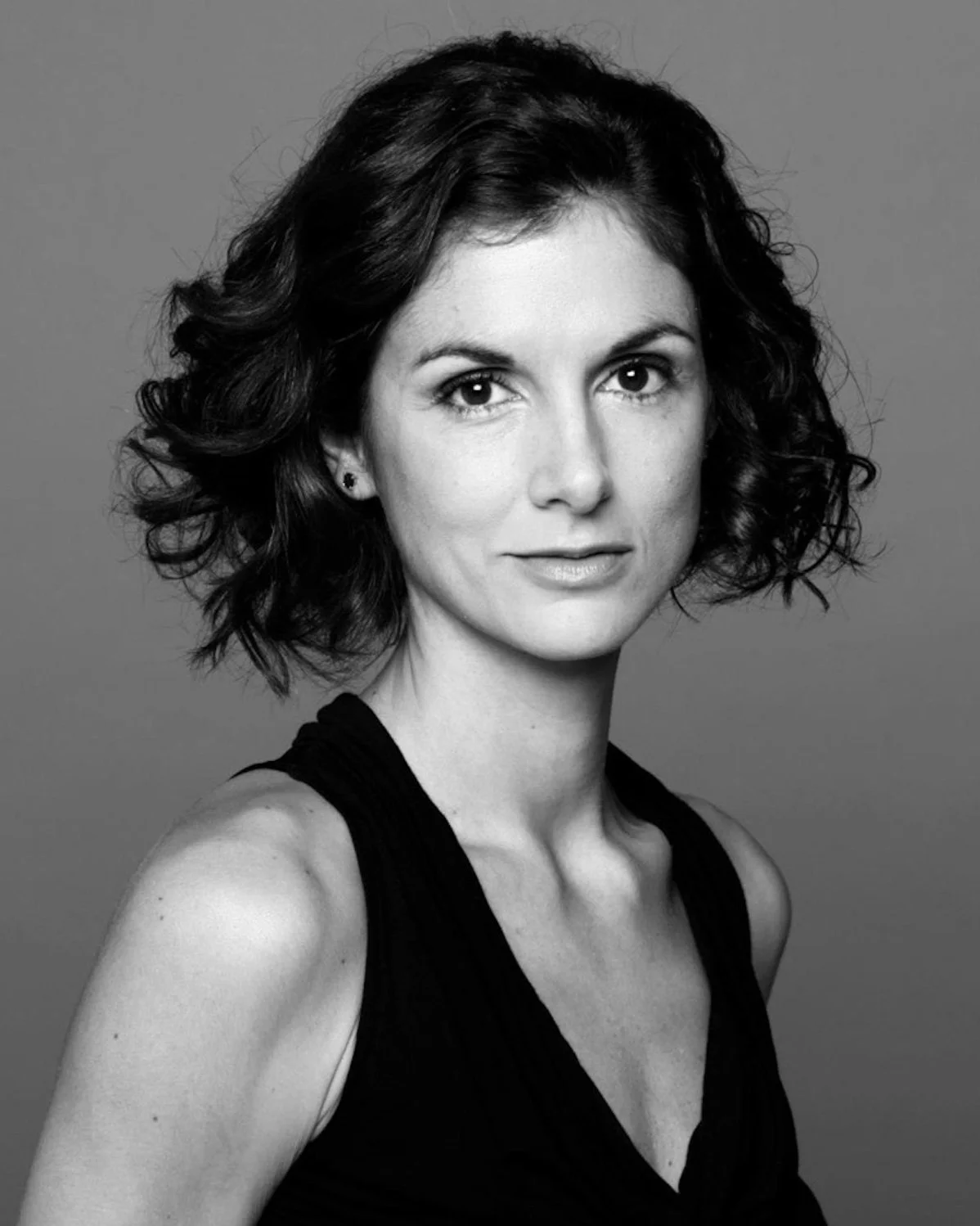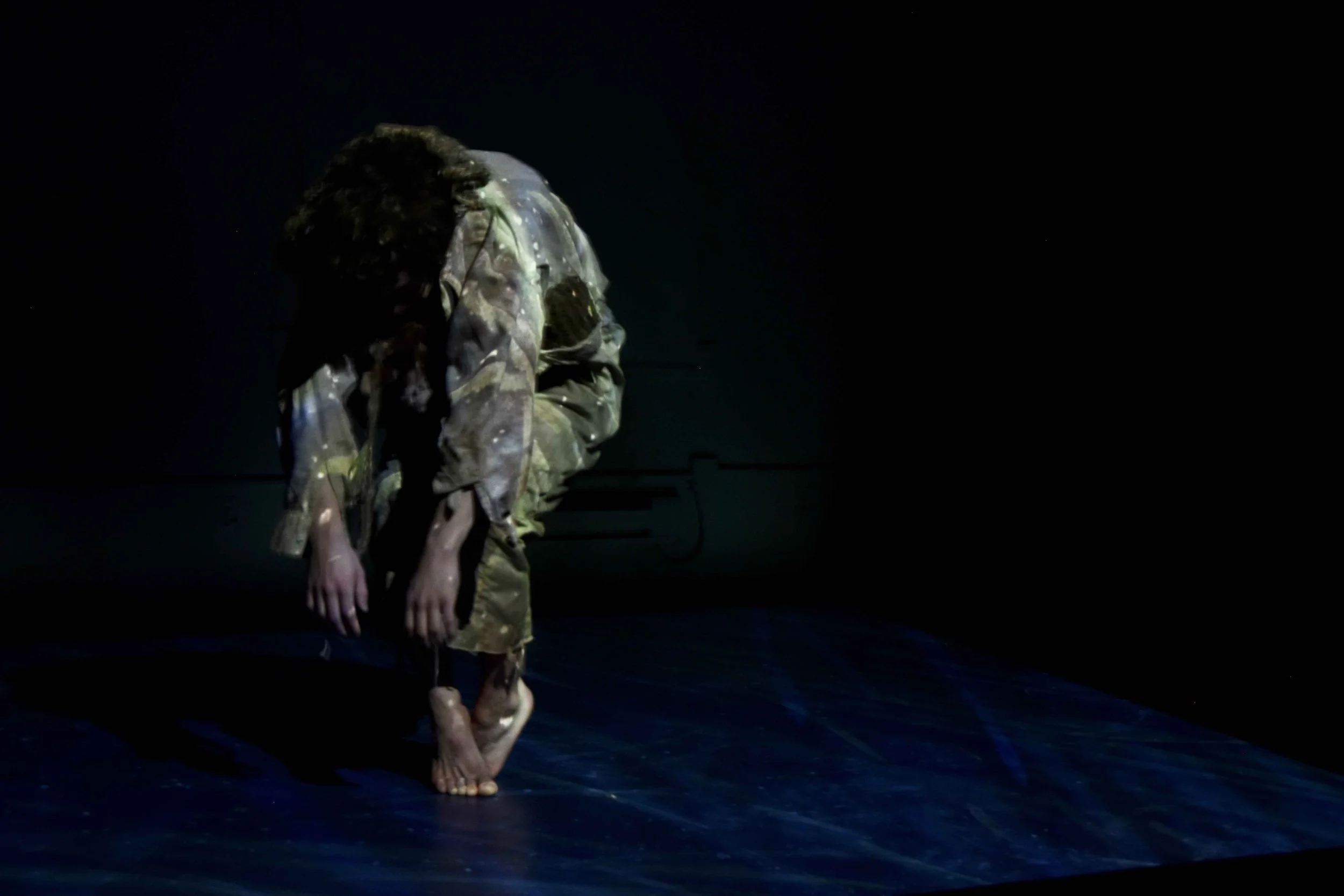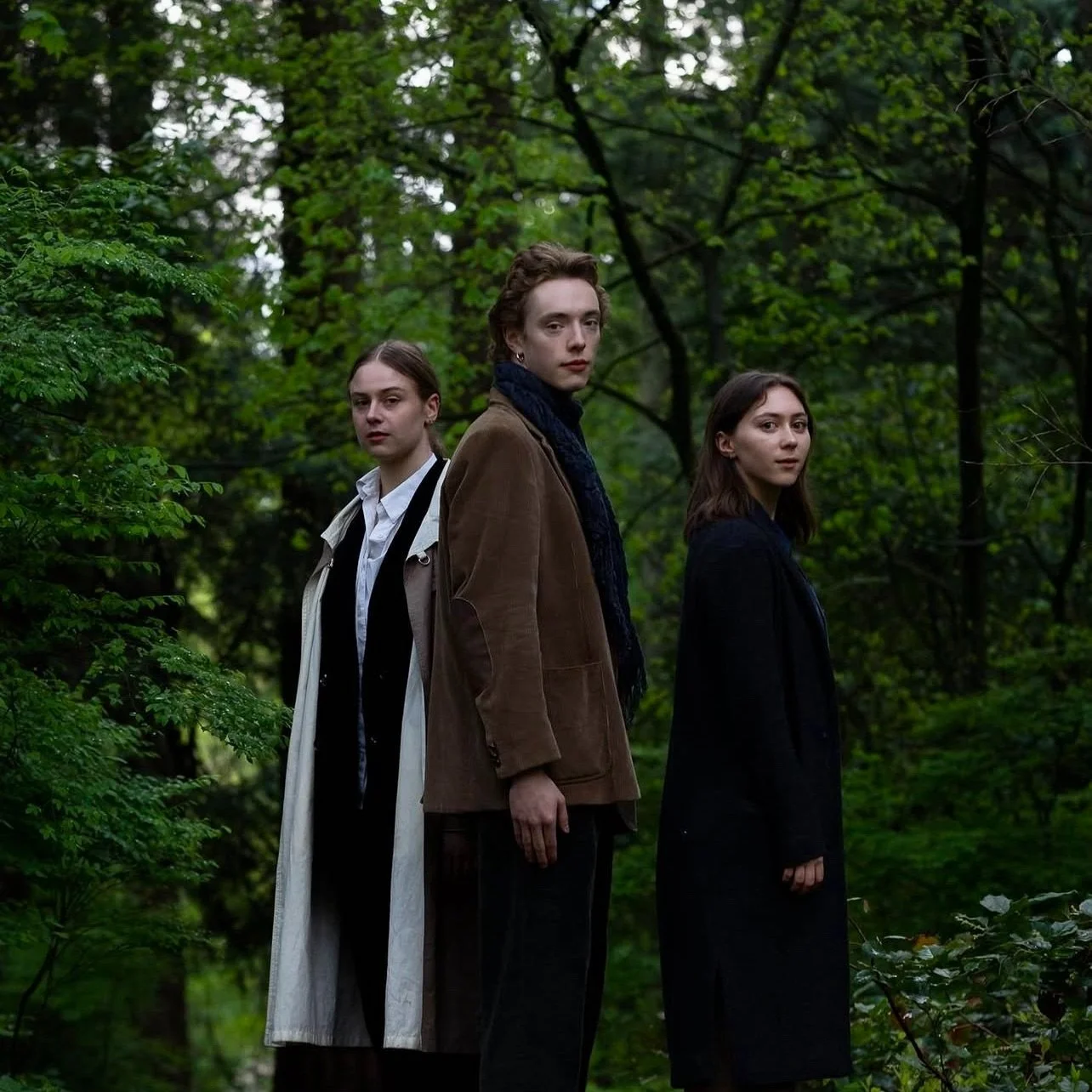With Social Tango, Buenos Aires's Agustina Videla brings milonga magic to the stage
With projections and a live band, the show celebrates the inclusivity of Argentina’s essential dance form
Social Tango. Photo by Paola Evelina
DanceHouse and Vancouver Latin American Cultural Centre present Social Tango at the Vancouver Playhouse from October 24 to 26 at 8 pm as part of Latin Expressions
IN BUENOS AIRES, tango is the great equalizer. You’re as likely to see young tattooed hipsters dipping and flicking their legs in front of Evita’s Casa Rosada in Plaza de Mayo as you are to witness septuagenarians hitting the dancefloor of La Cumparsita’s latenight milonga in San Telmo. Elsewhere, queer tango is so popular that there’s an entire festival devoted to it.
It was this uniquely inclusive, century-plus-old world that Argentinian choreographer Agustina Videla immersed herself in at 16. And she’s been hooked ever since.
“When I was in my last year of high school, I started to take traditional classes of tango, and I went to my first milonga—and I remember that day as it was yesterday,” the affably energized choreographer tells Stir over a video call from the Paris of South America. “I remember how shocking it was for me that someone that I haven’t met before just asked me to dance—and then the moment after, I was in an embrace with that person, an older man, in such close intimacy. Sometimes we say that other cultures have, like, a shock with that aspect of tango. But I think for Argentinians, too, it can be shocking.
“But at the same moment, that’s the magic: that you are connecting in such a deep way, trusting the other person, listening to the other person—one who doesn’t even know my name,” she continues. “That was fantastic! With tango, there is another kind of law. I mean, it’s not about the one that is most young and beautiful, but it’s the one that does the best dancing that you want to be with.”
It’s that communal magic that Videla seeks to emulate with the aptly named Social Tango. Coming here care of DanceHouse and the Vancouver Latin American Cultural Centre, it aims to re-create the milonga—an atmospheric gathering where tangueros show off their steps. Videla visited dance clubs around the world, from the U.S. to Russia, as a tango teacher. And one thing hit her every time she left her own milonga home milieu and caught a travelling tango stage show abroad.
“I always was surprised how dissociated the tango on the stage was from the reality,” the Social Tango Project artistic director explains, talking about the welcoming world of the Argentinian form. “I was always so surprised that the dance company didn’t interact with the milongas that were in town, and that even the people that are so passionate about dancing usually didn’t go because they didn’t feel identified or represented with that. What could represent this reality for people who love social dancing?”
And so Videla aims to reimagine a milonga onstage, the show’s loose narrative focusing on a businesswoman who follows a couple into a tango club, observing wistfully from a distance while gathering the courage to try the dance herself. Four local Vancouver tango enthusiasts join the show’s 10 professional dancers for one scene, and there’s a communal milonga right after the shows on Thursday and Saturday, hosted by Vancouver’s StevenJoannaTango.
Dancers in colourful costumes swirl around the stage against a backdrop of video projections of Buenos Aires’s faded Belle Époque façades, captured by Argentinian filmmaker Nora Lezano. (The atmospheric shots remind us of poet Jorge Luis Borges’s line, “Without the streets nor dusks of Buenos Aires, a tango cannot be written.”) The music is performed live by a quartet that includes a vocalist and a distinctive bandoneon player—just like at legendary Argentinian clubs Piazzolla Tango and Bar Los Laureles. Videla wants to welcome the public into the arms of tango, but make no mistake: these dancers have serious chops.
Agustina Videla.
“The other thing that just keeps amazing and mesmerizing me is just the complexity and the richness of this language of improvisation,” Videla says of tango. “Because it never ends. You know, there are other social or folkloric dances, and you learn some vocabulary, and it’s kind of over. But this is really a dance where you can continue to explore, create, and discover new things all your life.”
Although Videla aims to speak to the universal love for tango, the show is also very much about the incredible importance the sultry dance has to Argentinian culture. Tango was not always the celebrated, UNESCO-designated form that it is today. It was born in the 1880s in the bars and brothels of the city’s poor portside neighbourhoods in a cultural melting pot that included the descendants of African slaves and European immigrants. But by the end of the First World War, tango had reached the masses, eventually crossing the Atlantic to European salons. After a golden age in Argentina in the 1940s, the military government overthrew Juan Perón in 1955, with curfews and harassment sending the dance underground. Its popularity didn’t surge again until the late 1980s and early 1990s—a trend, Videla is happy to report, that has not waned since.
That is despite the fact that Argentina has been struggling with an economic crisis for decades. The election of right-wing president Javier Milei a year ago brought severe austerity measures that attacked inflation rates of almost 200 percent, though at a massive cost: Argentina’s poverty rate jumped to 53 percent. But in hard times—as ever—the tango lives on, and perhaps has taken on even more of the social importance that Videla’s show emphasizes.
“At this moment we are experiencing a very huge plan of cutting funds for all cultural activities, and so that’s very sad,” Videla reflects. “But I would say we are a country that is used to bad times, and art and dancing and all that are kind of our medicine. So people continue to dance and continue to get together and go out. It’s just our way. We dance when we are happy, and we dance when we are sad.” ![]()















